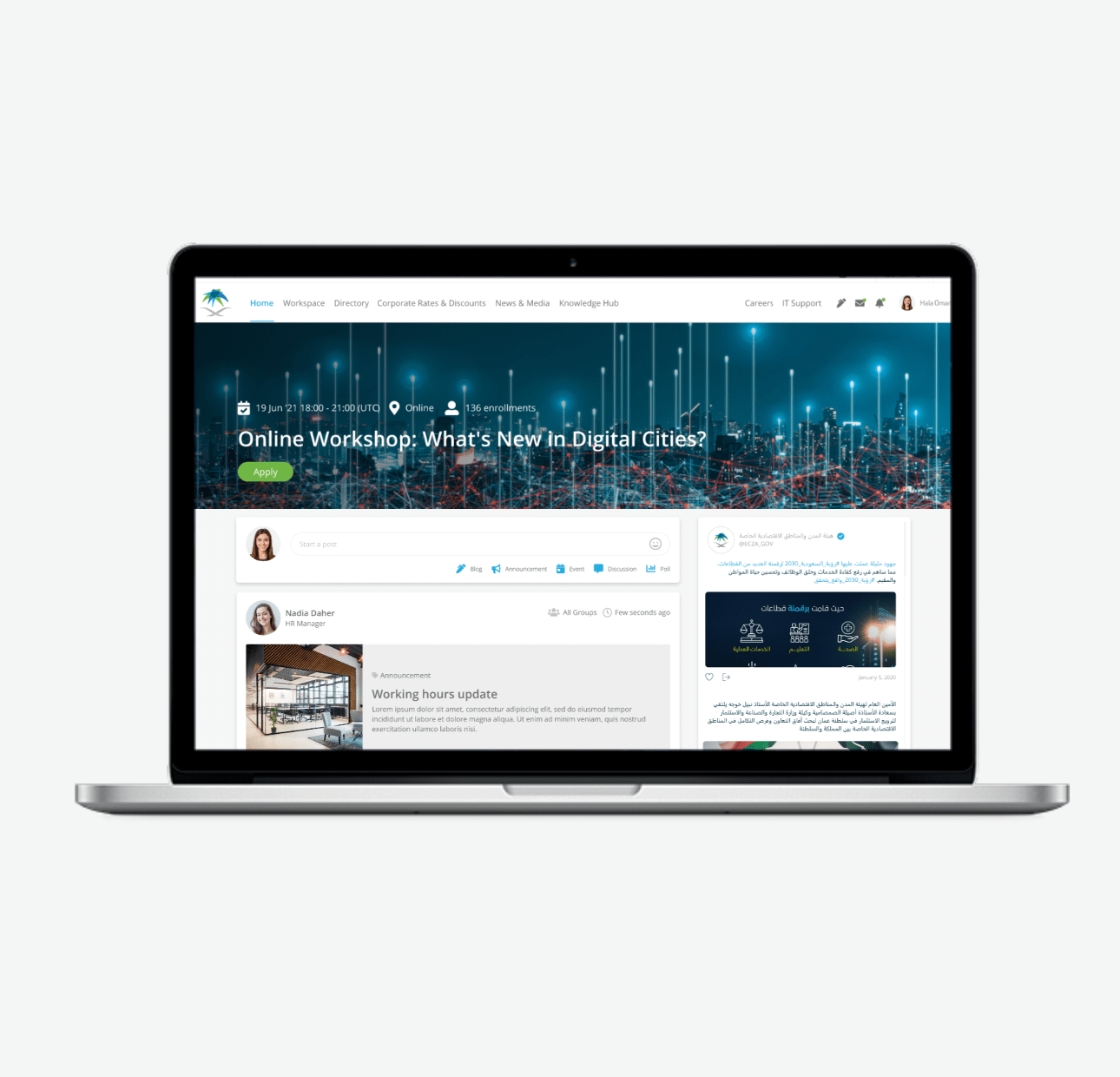Maximizing Intranet Usability Through User-Centered Research
Introduction to Intranet User Research
Before diving into the technicalities of building an intranet, it's imperative to understand who the users are, what they need, and how the intranet can solve their problems. Intranet discovery and user research are the first steps toward crafting a digital workplace that genuinely supports and enhances your organization's productivity and culture.
Embarking on user research requires an open mind and a willingness to uncover the real needs of your employees. Assume you know nothing, approach with curiosity, and be prepared to have your assumptions challenged.
Related: Mastering Product Discovery
The Importance of User-Centered Intranet Design
- User-Centricity: Tailoring the intranet to meet user needs ensures it fulfills its purpose effectively, increasing adoption rates and user satisfaction.
- Strategic Alignment: Aligning the intranet with organizational goals enhances ROI and ensures it supports business objectives.
- Proactive Problem-Solving: Early identification of potential issues through user research can prevent costly post-launch modifications.
Engaging with Internal Networks for Authentic Insights
Leverage platforms like Slack or Microsoft Teams to gather informal feedback and insights into employee needs and frustrations. This method often reveals deeper insights than formal surveys might miss.
Case Study: ECZA Intranet Portal Solution

Conducting Comprehensive User Research
- Surveys and Questionnaires: Collect quantitative data on user preferences and needs.
- One-on-One Interviews: Gain deeper insights into individual user experiences.
- Focus Groups: Discuss and explore collective views on the intranet's current state and potential improvements.
- Observational Studies: Observe real-world intranet use to identify gaps and opportunities.
- Usage Analytics: Analyze existing intranet data to understand user behavior and content preferences.
Related: Intranet Experiences in 2024: AI-Driven and Personalized
Analyzing Research for Intranet Design
- Theme Identification: Aggregate data to highlight key improvement areas.
- Persona Development: Create user personas to guide design decisions.
- Journey Mapping: Map user journeys to identify and eliminate friction points.
- Prioritization: Use insights to prioritize features that deliver the most significant user benefits.

Leveraging Insights for Informed Design
Translate findings into actionable design principles. Emphasize flexibility in the design process to accommodate feedback from continuous user testing. Read more about UX research and design.
Incorporate a prioritization matrix to balance feature impact against feasibility, ensuring resource allocation maximizes user benefit.
Conclusion
The discovery and user research phase is essential for building a user-centric intranet that truly serves the needs of your organization. By investing time and resources into understanding your users, you can create an intranet that not only meets but exceeds expectations, driving engagement, productivity, and satisfaction.
Remember: Continuously gather feedback and monitor intranet analytics to adapt and evolve the platform, ensuring it remains aligned with user needs and organizational growth.
Should you need help with planning your intranet roadmap, contact us for a free consultation to explore your requirements. Or, you can read more about Crafting an Intranet Strategy.
